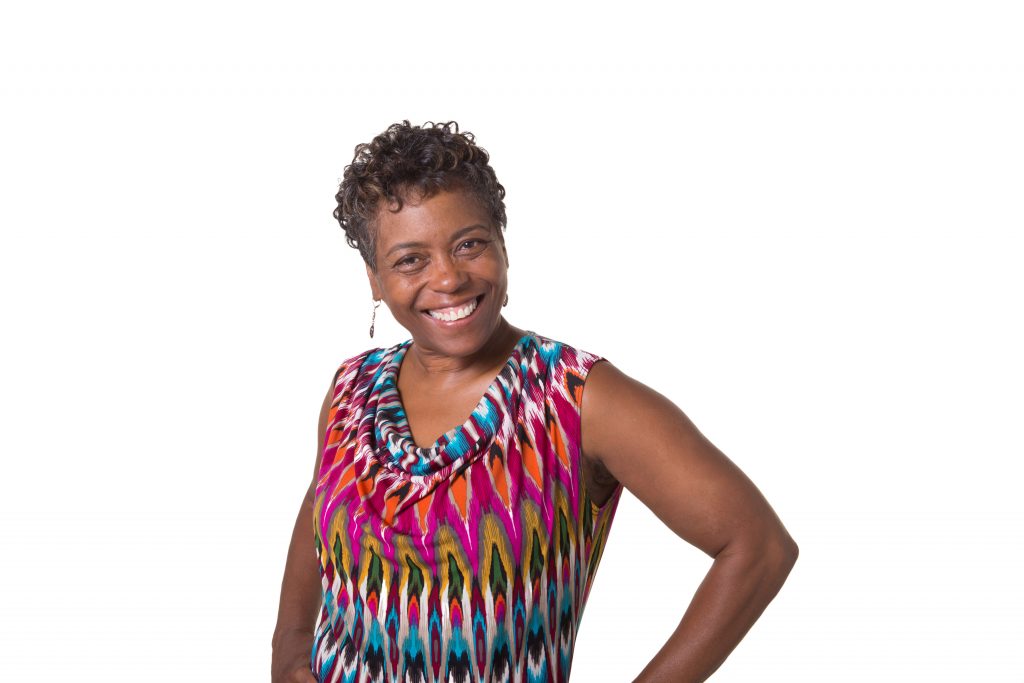Drawing down retirement savings as a single senior
What to do with pensions, RRSPs, TFSAs, CPP and OAS as a solo retiree
Advertisement
What to do with pensions, RRSPs, TFSAs, CPP and OAS as a solo retiree

MORE: How a single mom spends $600 a month on groceriesIf you’re a conservative investor, it may make that much more sense to defer your three pension sources and draw down your Registered Retirement Savings Plans (RRSPs). This is because the return from pension deferral may be more than your expected future RRSP returns, Sharon. It also means you won’t have to worry about managing your investments as much as you age, given more of your retirement income will come from pensions and more of your investment decision-making will happen in your 60s. If you think you will have a long life expectancy, this too could be a good reason to draw down your RRSPs in your 60s and defer your pension. Your pensions will provide longevity protection, while RRSPs can be exhausted if you live to a ripe old age. You plan to draw from your RRSPs before your Tax Free Savings Account (TFSA) and non-registered investments. If you have non-registered investments, I think it makes sense to use these funds to make TFSA contributions even if you don’t have the cash flow to do so. There’s no point in leaving non-registered investments in a taxable environment when you can make future earnings and growth tax-free in a TFSA. Depending on your expected future expenses, plans to downsize your home, expected inheritance and your pension income, you may be able to fully exhaust your RRSP during 60s. Or on the other hand, Sharon, it may make sense to start modest RRSP withdrawals and slowly draw down the accounts. A little scenario planning with a professional retirement planner can help you build a retirement decumulation plan that is personalized to you. One point I’ll make is that taking $15,000 of annual withdrawals may take longer to draw down your $170,000 in RRSPs than you think. It may seem like 11 years or so will do it, given $15,000 x 11 is $165,000. But assuming a 4% annual return, it would take almost 15 years. You can take withdrawals from either an RRSP or a Registered Retirement Income Fund (RRIF). So, to answer your question, Sharon, you don’t have to convert your RRSP to a RRIF. If you know you’re going to be taking withdrawals every year, you might as well convert your RRSP to a RRIF. You will have to take minimum withdrawals each year thereafter, which are 3.45% if you’re 61. That’s $5,865 and well under what you’re planning to withdraw. Required withdrawals hit 5% at 70. If you’re taking registered withdrawals and you’re at least 65, I’d be sure to take them from a RRIF instead of an RRSP to qualify up to $2,000 of withdrawals for the pension income amount, which is a tax credit of about $400 on eligible pension income. In your case, Sharon, your DB pension income will also qualify. You mention having RRSPs. To clarify, if you have multiple RRSP accounts, retirement is as good a time as any to consider consolidation. It makes it easier to have all your accounts in one place and sometimes lower fees or access to different products may improve your investment and return options. In summary, Sharon, I think your plan sounds good generally. A little scenario planning and understanding all the specific factors for you financially may provide some insight into how best to minimize tax, increase your potential retirement spending and maximize your estate. Ask a Planner: Leave your question for Jason Heath » Jason Heath is a fee-only, advice-only Certified Financial Planner (CFP) at Objective Financial Partners Inc. in Toronto, Ontario. He does not sell any financial products whatsoever.
Share this article Share on Facebook Share on Twitter Share on Linkedin Share on Reddit Share on Email